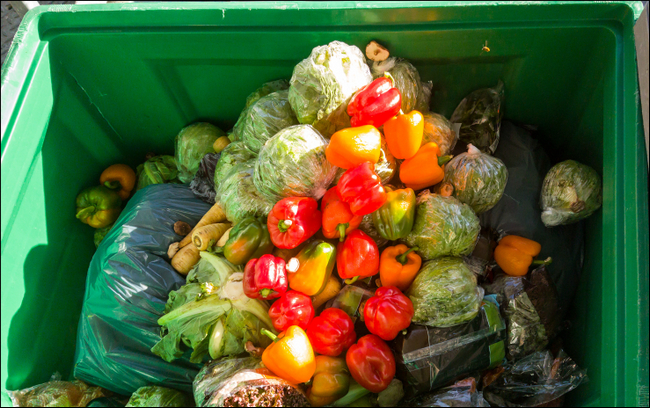~ How automating the food industry can reduce waste and ruined food ~
In 2006, the Department for Environment, Food and Rural Affairs published the Food Industry Sustainability Strategy, which outlined actions to decrease the building food waste. In 2018, non-profit organisation Waste and Resources Action’s programme reported food waste from UK food manufacturers was around 1.5 million tonnes. This strategy has provided a good start at reducing food waste, but considering total food waste still values around £19 billion a year, there is still a lot left to be done. In this article, Adnan Khan, manager of food & beverage industries at Beckhoff UK, discusses how automating the food industry can reduce food waste.
Automation can help boost the food industry’s traceability, efficiency and quality control. All these benefits can help companies reduce food waste and damaged products.
The UN Food and Agriculture Organization (FAO) calculated that 14 per cent of the food produced globally gets lost in transit to retailers. Automation can help reduce these product losses in transit by using automated tracking system monitors. Using automated tracking systems, businesses can trace transported food with little manual input, allowing them to monitor what is happening at any point, from supply to delivery.
The data from these tracking systems also enables food manufacturers to improve supply chain management by showing inefficiencies and unnecessary expenses. Additionally, tracking systems will alert supply chain managers to any problems during the supply, production or delivery process, helping businesses act quickly before food is wasted or damaged.
For example, a 2019 study by Jagtap and Rahimifard in the journal Waste Management, found that installing an IoT-based digital food waste monitoring system in a ready meal food factory reduced food waste by almost 60.7 per cent.

Standardising quality control
One of the most important parts of food processing is quality control to meet health and safety requirements. If a serious mistake is made during quality control, it could mean contaminated food reaches consumers, causing costly recalls, unnecessary food waste and reputational damage. Automation technology, such as sensors, can make the quality control process more efficient and standardised, ensuring every product receives the same level of inspection and quality control.
Like automated tracking systems, automating quality control allows businesses to be alerted to problems within the production process earlier. This enables larger issues to be avoided later in the process. However, the greatest benefit comes from the superior precision machines provide in comparison with human workers. Human beings can tire, make mistakes and are more prone to inconsistency or errors during quality control processes when compared to machines. Automation can therefore ensure businesses meet quality checking standards consistently and efficiently.
With food wastage such a vital issue, automation can provide the food industry with the tools to reduce food waste while optimising operations. Food manufacturers who haven’t already automated their process should consider doing so to save on company costs and limit the growing amount of food waste in landfills.
To find out more about automation technology for the food industry, visit the food industry page on the beckhoff.com/en-gb/ or contact us at +44 1491 4105-39.
About Beckhoff: Beckhoff Automation implements open automation systems based on PC Control technology. The product range covers Industrial PCs, I/O and Fieldbus components, drive technology and automation software, and all products can be used as separate components or integrated into a complete and seamless control system are available for all industries. Its New Automation Technology philosophy represents universal and open control and automation solutions that are used worldwide in a wide variety of different applications, ranging from CNC-controlled machine tools to intelligent building automation.